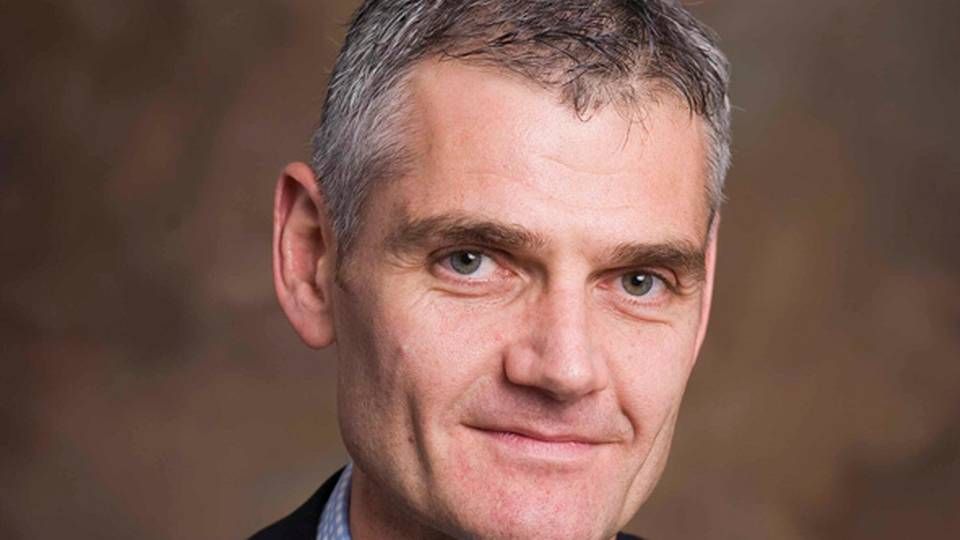Emerging markets are not just emerging markets

Many of our customers often ask about our view on emerging markets and if the time has come to increase exposure in this asset class.
The short answer is a flat out "maybe". The "Emerging Markets" label covers so many different countries and markets that it no longer makes sense to simply put them in the same category. This has actually been the case for some time, and the variations between the countries are growing in recent years despite the countries gathering in various common stock indexes.
For example, a country like Brazil, which is only slowly recovering from a long and deep recession, now looks poised for annual growth for 2016 of just 0.5 percent, while India will reach a high and quite sustainable growth of 7.2 percent. This should make it clear to everyone that viewing emerging markets as a homogeneous concept is actually nonsense.
Why is it that emerging markets are developing so differently? According to us, here at T. Rowe Price, there are several reasons, but the most remarkable is that China's industrialization phase is continuing.
This has put a plug in the so-called super-cyclical development of commodities, which created high economic correlation between China and the major commodity-producing developing countries. Furthermore, the growth crisis of the industrialized world since 2008 has slowed down exports from emerging markets.
We have to conclude that the fundamental market conditions for emerging markets have changed and instead of hoping that the old days of broad growth correlations will return, we should instead try to understand the dimensions of the changes across and within emerging markets.
Take Russia and the Philippines as the most extreme examples. The Russian economy is currently defined by weak economic growth in the short term (partly because of the country's strong dependence on energy exports), weak domestic consumer growth, and an aging population.
As energy prices rise and fall in line with the economic cycle, there is a prospect of undeniable long-lasting headwinds for Russia. Of course, any controversial political decision and weak key financial figures have the potential to create attractive (meaning cheap) prices for shares. But this data is not what you should look for to find attractive emerging markets. T. Rowe Price owns no Russian stocks at the moment for precisely this reason.
In comparison, the Philippines has the same label of "emerging market with political risk" as Russia, yet represents the opposite type of country. This is because both countries may be headed by deeply nationalist and thus controversial presidents (Putin and Duterte), but this is where the similarities end.
The Philippine economy is much less cyclical, especially on account of the domestic consumer-oriented growth and the country's scarce natural resources. The Philippines also has one of the most demographically advantageous economies in the world and this is significant because the long-term economic growth potential is a function of the productivity growth and the growth in the working population. As such the Philippines actually has a crucial natural resource in its population which will guarantee positive development in the economy. At T. Rowe Price we are swimming in Philippine shares.
The contrasts are everywhere. Take Brazil and South Africa and their lack of meaningful structural reforms over recent years because political inertia has trumped the need to change along with financial trends. Compare the two countries with India and Indonesia, where the governments are putting in actual effort to reform, even in the midst of an uncertain global economy.
The stock market loves labels such as "the fragile five" and "BRIC" but it is important to distinguish between these generalizing descriptions and the complex reality on the new markets. No acronym can define a complex reality in the long run.
At T. Rowe Price we own many more emerging market shares than what MSCI World Index dictates. If we were to give clear and precise guidance to investors who wish to understand today's emerging markets, the first step would be to ask: "Where within the selection of emerging markets are the changes and opportunities?"
This is a much different question than: "Are emerging markets attractive right now?" And this is a crucial first step in the direction of understanding the development and the changes in growth markets.
English Edit: Gretchen Deverell Pedersen













